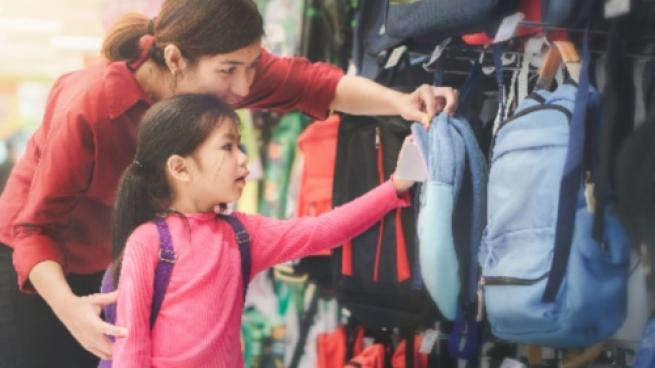Don’t Let Retail Data Slip Away. Use It to Build Better Experiences.
To Build Great Retail Experiences, Look to Your Shoppers
Today’s shoppers are just as interested in the experience as the product, if not more. That doesn’t mean they don’t care about quality, price, or selection. Rather, they view shopping as an activity to be enjoyed as opposed to an errand to be run. With all the fulfillment options now available to consumers, choosing to engage with a brick-and-mortar location is about more than making a purchase. It’s about the journey to that purchase.
Retailers have been paying attention to this ongoing shift and are making significant investments in tools that support more personalized and precise shopper journeys. And it pays off for those that get it right. Research shows that 80% of today’s consumers are more likely to make a purchase during a personalized retail experience than during other trips, which may contribute to the 40% revenue boost retailers enjoy when they succeed in their shopper experience efforts.
So, how do these retailers do it? With data.
Specificity Drives Success
Today’s retail technology suites monitor and interpret information about shopper behaviors, point-of-sale (POS) logs, inventory records, traffic statistics, and more, breathing new life into every facet of a store’s operations. These systems leverage emerging artificial intelligence (AI), computer vision analytics, Internet of Things (IoT) devices, and other technologies to empower retailers with the specificity they need to curate tailored experiences.
By monitoring, quantifying, and analyzing what happens in their stores, retailers can turn their everyday operations into actionable insights informed by a holistic understanding of what’s driving their shoppers.
Using modern tools, retailers can:
- Learn more about their customers—at any scale.
Supplementing findings with shopper behavior, visit frequency, engagement, sentiment, and other data from specific stores can help retailers identify discrepancies between what their customers think they want and what they actually want—and contextualize that information within each store location.
Insights from shopping patterns at the location, regional, and national levels support more personalized loyalty programs, more effective merchandising programs, and tailored promotions and services.
- Optimize labor programs to reduce wait times.
Using journey pattern data, traffic counting, check-out speed, shopper-associate engagement data, and other metrics, retailers can get a better sense of how their labor allocation is meeting their customers’ needs.
Integrating these findings with variables that might impact shoppers—like weather, holidays, time of day, promotions, or local events—can shed light on historical trends to take the guesswork out of staffing and scheduling.
- Improve loss prevention and merchandising without increasing friction.
Tagging and electronic article surveillance (EAS) have long been staples of retail loss prevention programs, and they’ve gotten a makeover for today’s retail landscape. Dual-purpose tags can integrate EAS with radio-frequency identification (RFID) technology when combined with emerging options like metal sheet labels and embedded options expand retailers’ theft and loss datasets with information about what is leaving the store and when.
These insights can supplement AI-enabled video surveillance to drive more precise deployments that reduce friction without sacrificing security.
- Track merchandise from source-to-store.
Those same tags can also show retailers how merchandise moves both through the supply chain and around the store. This provides an accurate, real-time view of what’s in stock, what’s on its way, and how customers are interacting with the merchandise.
This can supplement POS logs and abandonment rates to give insight into not just what a shopper bought but what they didn’t buy and why that might be.
Two Steps Ahead
With customers focused on convenience and personalization, the key to delivering exceptional experiences is anticipating what’s next. And that’s the real power of today’s technology suites and the insights they provide. Having access to retailer-specific datasets helps companies cut through the noise to find meaning in the little things that happen on the floor. These insights empower retailers to stay ahead of their customers’ needs, emerging trends, market shifts, and anything else that comes their way.
While beginning on the path to digitalization may seem daunting, the results will be well worth the effort. The good news is that digitalization is a journey; all retailers need to do today is take the first step and start collecting the data that’s already at their fingertips. And those that start early and commit to seeing the process through will be more prepared to not only keep up with today’s shoppers but anticipate the needs of tomorrow’s.




